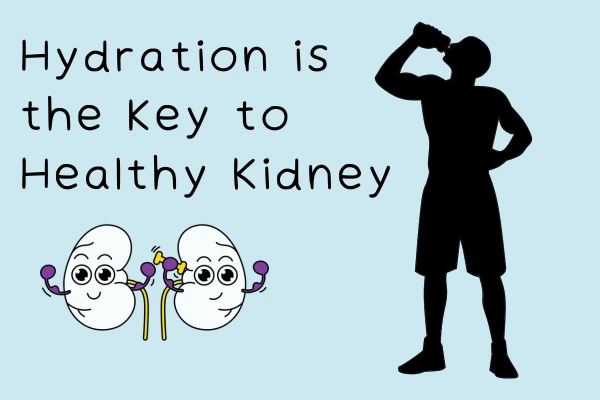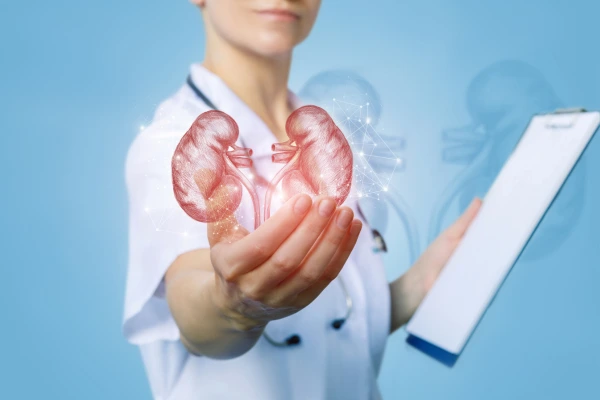
Let’s face it—if you’ve ever had a kidney stone, you know how unforgettable that pain can be. Sharp, sudden, and impossible to ignore. For some people, it feels like being punched in the back… by a truck. The good news? You don’t have to suffer endlessly. With modern techniques like laser treatment, relief is more accessible (and less scary) than you think.
So, let’s break it down—what exactly is a kidney stone, and what can you expect if laser treatment is suggested?
First Things First: What Is a Kidney stone?
A kidneystone is a tiny (or not-so-tiny) clump made from minerals and salts that build up in your kidneys. While some stones are small enough to leave your body on their own (painfully), others get stuck, block your urinary tract, and bring everything to a screeching halt.
If you’re lucky, you may never get one. But if you do—you’ll know. Common symptoms include:
- Sharp pain in your lower back or side
- Pain while urinating
- Blood in the urine
- Nausea, or even vomiting
If any of this sounds familiar, it’s time to consider kidneystonetreatment options before it gets worse.
Why Do We Get Kidney stones?
Blame it on dehydration, too much salt or protein, certain medications, or even genetics. Some people just have urine that tends to form crystals. These crystals then grow into a kidneystone over time.
Good news? Even if stones are common in your family, you can still lower your risk with the right diet and hydration.
How Does Laser Treatment Work?
If your doctor suggests lasertreatment, don’t panic—it’s not as intense as it sounds.
Here’s how it works:
- A very thin tube called a ureteroscope is passed through your urinary tract
- Once the kidneystone is found, a laser is used to break it into smaller pieces
- Some pieces are removed, others pass naturally
- A small stent may be placed to help urine flow afterward
The whole thing usually takes less than an hour, and most people go home the same day. In short: it’s safe, effective, and doesn’t involve any cuts or stitches.
What to Expect After the Procedure
Recovery from lasertreatment is usually smooth, but here’s what you might feel:
- A bit of burning while peeing
- Slight bleeding in your urine for a couple of days
- A strong urge to urinate (especially if a stent is placed)
Nothing too dramatic. Your doctor will prescribe medication to manage pain and prevent infections, and most people are back to their normal routine within 2–3 days.

Can You Prevent Kidney stones?
Absolutely! Prevention is the best kidney stone treatment of all. Here are a few golden rules to keep stones away:
- Hydrate like a pro: Drink at least 2.5 to 3 liters of water daily
- Cut back on salt: Too much sodium increases calcium in your urine
- Eat smart: Avoid oxalate-rich foods like spinach, beets, and chocolate
- Don’t overdo protein: Red meat and eggs can raise uric acid
- Go easy on supplements: Too much calcium (especially in pill form) can backfire
If you’ve already had a kidneystone, these steps can help prevent a repeat episode.

A Urologist’s Take
“As a urologist, I see many patients who delay getting treatment out of fear—but trust me, laser treatment for kidney stones is one of the most effective and least invasive procedures we offer today. If you’ve been suffering in silence, know that relief is possible, and the solution is simpler than you think.”
Conclusion
Kidneystones can feel like a nightmare, but with the right guidance and treatment, they’re completely manageable. Whether it’s your first stone or your fifth, there’s no reason to live in pain or discomfort.
If your doctor recommends laser treatment, know that it’s one of the safest and most advanced forms of kidney stone treatment available today. Don’t wait until the pain becomes unbearable. Get it checked. Get it treated. And most importantly—stay hydrated.
